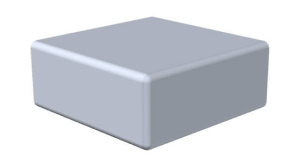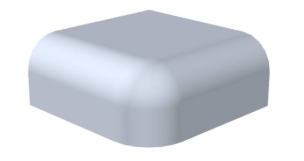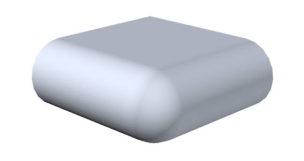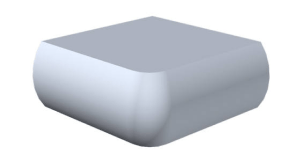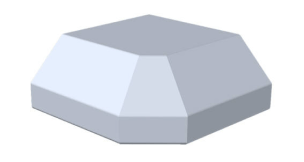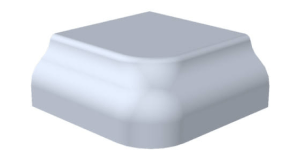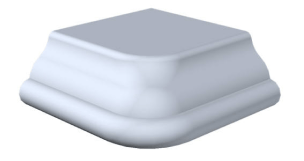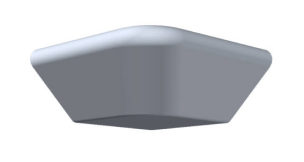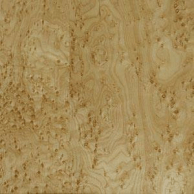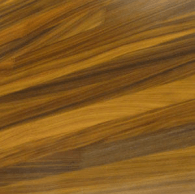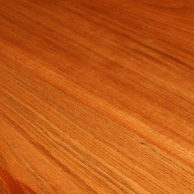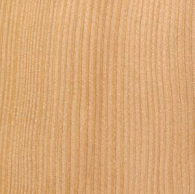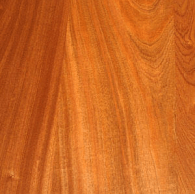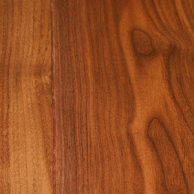- Wash your block by hand using antibacterial dish soap and warm water. If you want extra disinfecting power, add one teaspoon of bleach or vinegar to one gallon of water. You can also rub the block with a lemon to kill bacteria. Butcher blocks are not dishwasher safe and should never be fully submerged in water.
- Thoroughly dry the block after washing. If you have a small block, wash both sides and allow the block to dry standing up on edge. This will help prevent warping and ensure the block dries properly.
- The number one cause of butcher block problems is allowing them to dry out. Oiling your block will keep it moist and make it last. Oil your block once a week for the first month you have it, then at least monthly thereafter. You`ll know if you`re oiling your block too often if it becomes sticky. If this happens, simply clean it with a grease-cutting dish soap.
- Do not allow liquid to stand on the block for a long period of time. This can stain the butcher block and cause the wood to expand, which may result in glue-joint failure or warping.
- If food collects on your butcher block, or if scratches have formed, you can use a steel scraper or sandpaper to keep the top smooth. Be sure to re-oil the block after smoothing.
- Your butcher block is a tool, but it does have limitations. Don`t put it in the microwave, dishwasher, or place hot pots and pans directly on it.
Oiled Wood Tops
Follow these instructions to get the best possible performance:
Clear Lacquered Wood Tops
Follow these instructions to get the best possible performance:
- During the first month, your lacquered countertop is still curing. It will be more susceptible to scratching and damage. Only wash it with soap and water; don`t place heavy items on the surface.
- Following this break-in period, you can clean your block using antibacterial dish soap and warm water or your preferred antibacterial cleanser. Always be sure the countertop is dry after cleaning.
- You cannot use your lacquered wood countertop to chop on. Instead, use a cutting board.
- Do not expose tops to excessive heat, cold, or moisture! Talk to us about adding integrated trivets to wood countertops if you require a surface for hot items.
- Ensure unglazed pottery items have a protective pad underneath to avoid accidentally scratching the countertop.
- You can knead dough, prepare sandwiches and safely place food products on finished wood countertops.
Edge Profiles
Butcher Block Countertops
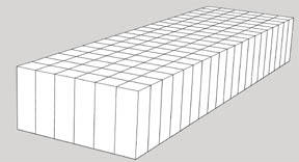
End Grain Construction
In end grain construction, small wood pieces are oriented vertically, displaying only the ends of the wood. End grain construction is the top-tier butcher block construction method. It is our recommended surface for direct food preparation.

Edge Grain Construction
In an edge grain, wood pieces are arranged with long strips running lengthwise along the top. These strips are continuous without any joints unless the top's length is exceptionally long.

Flat Grain Construction
We use premium wide plank flat-sawn boards for the wood pieces in a flat-grain top. These pieces are typically broader in size, as shown in the left image. The widths may vary depending on the wood species and sizes available during manufacturing, and they will be randomly sized unless specified otherwise.

